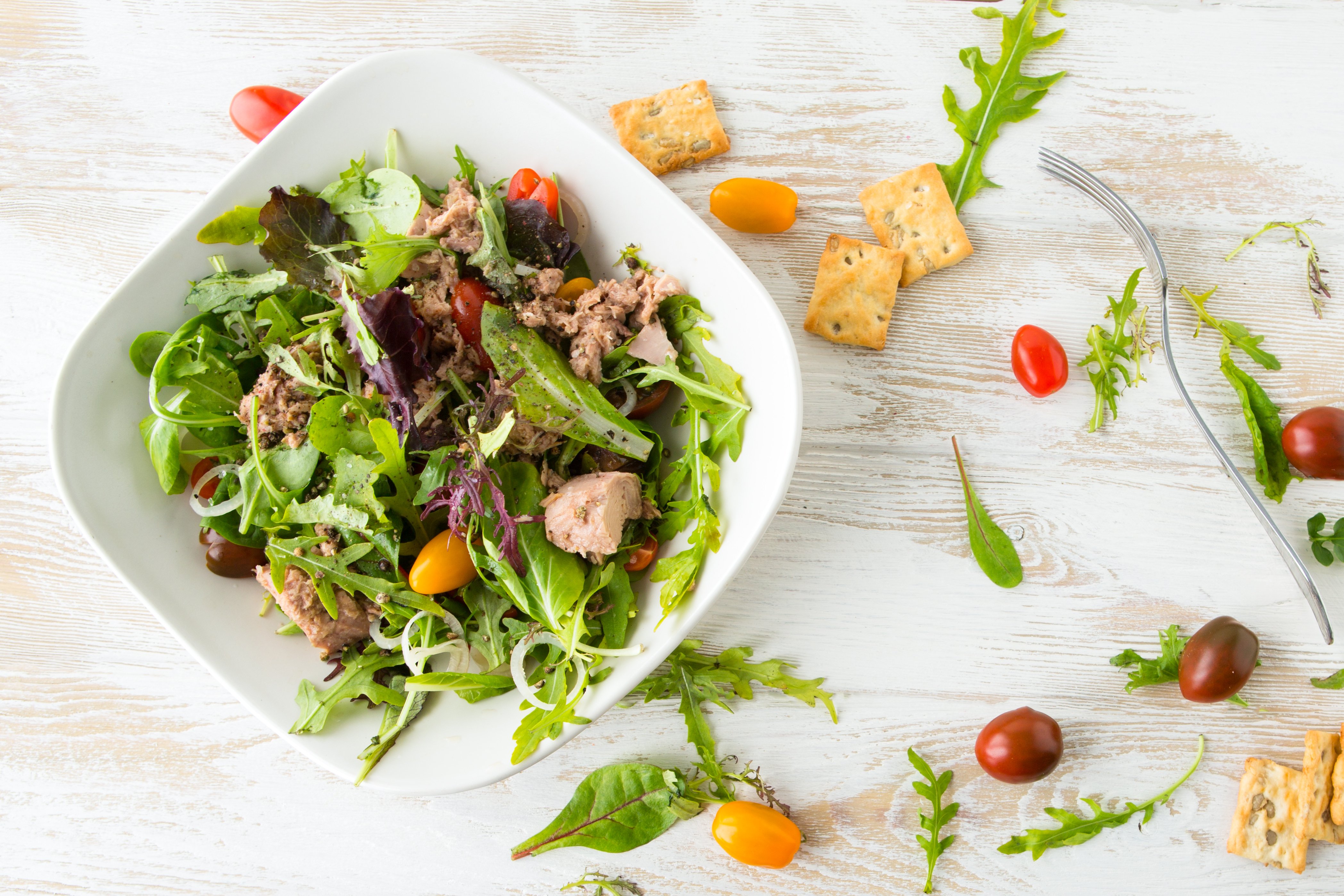
Eating Healthy in 2021
So it’s a new year, which means it’s time to get in shape.
This can present an odd problem, though. Joining a gym is easy. Eating healthy when you get back? Not so much. And regardless of how active or inactive a person’s lifestyle, invariably their diet plays the biggest role in being healthy.
- Make a Goal
Eating healthy in 2021 can mean a variety of things to different people, and not just because of some habits we’ve collectively picked up due to the pandemic. An active person looking to lower their cholesterol has to take separate food steps than someone looking to start exercising. Knowing what you want to accomplish allows for a better understanding of how to get there.
As with any health goal, the first step is identifying what you want from it. Do you want to eat while trying to lose wait? What about building muscle? Do you want to lower your cholesterol? Do you want to lower your blood pressure? Or do you just want to feel a little less guilty when you look at a pie?
There are two big reasons for making a healthy eating goal. First, having a goal allows you to take steps toward completing that goal. If you want to lose five pounds, for example, that creates a path for you to accomplish that goal. Secondly, as there’s so much information about healthy eating available, it stops you from getting overwhelmed by everything you think you should be doing.
Not everybody can eat fish five days a week, for example.
- Check Out the Produce Aisle
For generations, the term “diet” has been scaring people away from their health goals, mostly because the term implies not being able to eat what you want anymore. Broadly speaking, this can be very true: if you’re eating BLTs five nights a week, a diet would most likely put a stop to that. And if most of your daily meals come from the freezer or a take-out menu, new habits have to be started and maintained, which can be as overwhelming as making a health goal.
A good place to start? The produce aisle at the grocery store.
Even if you don’t like the idea of eating kale on a regular basis, a walk around the produce section might surprise even the most unwilling of healthy eaters. And don’t think of each fruit or vegetable as something that has to be eaten raw as a substitute for French fries. Instead, think about how the item can be used to enhance your meals.
A green pepper? Not everybody’s favorite salad inclusion. A green pepper on a chick kabob next to onions and tomatoes? That’s more like it.
- Read the Labels
Food labels. They’re on everything we buy to eat. And most of us completely ignore them unless we need to read them.
This is understandable. Most people don’t waste time trying to understand why the food they’re enjoying tastes the way it does or what was used to make it. And being overly obsessed with knowing that stuff can be really obnoxious or, as with everything else on this list, overwhelming and stressful. Nobody wants to know their favorite chicken sandwich has more sodium than a box of salt, so why bother.
As with most things in life, ignorance does not translate to happiness when it comes to food.

